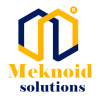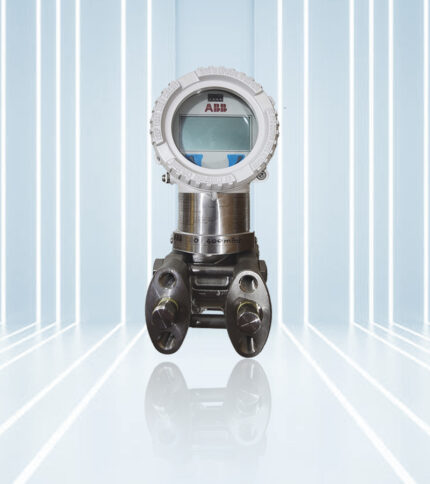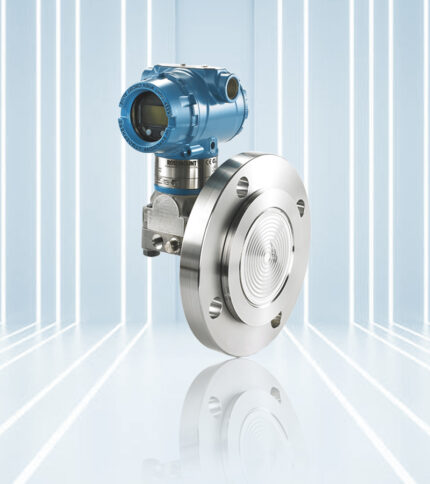Description
Level Meter and Transmitter systems are indispensable tools for measuring and monitoring liquid levels in industrial tanks, vessels, and silos. These advanced instruments utilize various sensing technologies such as ultrasonic, radar, capacitance, or guided wave radar to provide accurate and reliable level measurements, even in challenging environments. Our Level Meter and Transmitter solutions offer unparalleled precision and reliability, enabling industries to optimize process control, inventory management, and safety protocols. By continuously monitoring liquid levels in real-time, operators can ensure efficient utilization of resources, prevent overflow or underflow situations, and minimize downtime.
Installation and integration are effortless with our level meters and transmitters, thanks to their user-friendly design and compatibility with standard industrial communication protocols like Modbus, HART, or Profibus. This seamless connectivity allows for easy integration into existing control systems, enabling enhanced automation and remote monitoring capabilities. Key features of our Level Meter and Transmitter systems include high accuracy, wide measurement range, fast response time, and robust construction for durability in harsh industrial environments. Some models may also include diagnostic functions, self-calibration capabilities, and remote monitoring options for added convenience and reliability. Our solutions find applications across various industries, including chemical processing, water treatment, oil and gas, food and beverage, and pharmaceuticals. Whether it’s monitoring liquid levels in storage tanks, controlling filling operations, or managing inventory in bulk storage facilities, our level meters and transmitters provide essential data for optimizing processes and ensuring regulatory compliance.
Benefits
- Accurate Level Measurement: Level meters and transmitters provide precise measurement of liquid levels, ensuring optimal inventory management and process control.
- Enhanced Safety: By monitoring liquid levels in real-time, these instruments help prevent overflow or underflow situations, reducing the risk of accidents and environmental hazards.
- Improved Efficiency: Continuous level monitoring enables efficient resource utilization, minimizing downtime, optimizing production processes, and reducing operational costs.
- Remote Monitoring: Some systems offer remote monitoring capabilities, allowing operators to access level data from anywhere, enhancing operational flexibility and efficiency.
- Regulatory Compliance: Accurate level measurement helps industries comply with regulatory requirements related to environmental protection, safety standards, and inventory management.
Technology
- Ultrasonic Sensing: Utilizes ultrasonic waves to measure liquid levels by calculating the time taken for the waves to reflect off the liquid surface.
- Radar Technology: Utilizes radar waves to measure liquid levels accurately, unaffected by factors such as temperature, pressure, or vapor.
- Capacitance Sensing: Measures liquid levels based on changes in capacitance between electrodes immersed in the liquid and the vessel walls.
- Guided Wave Radar: Sends microwave pulses down a probe or cable, measuring the time taken for the pulse to reflect back from the liquid surface to determine the level.
- Laser Technology: Utilizes laser beams to measure liquid levels with high precision, suitable for applications requiring non-contact measurement.
Reliability
- Robust Construction: Level meters and transmitters are built with durable materials and sealed enclosures to withstand harsh industrial environments, ensuring long-term reliability.
- Calibration Stability: Some systems offer self-calibration or automatic calibration features to maintain accuracy over time, reducing the need for manual adjustments.
- Temperature Compensation: Advanced temperature compensation algorithms ensure accurate level measurement, even in environments with fluctuating temperatures.
- Diagnostics: Built-in diagnostic functions help detect faults or abnormalities, facilitating proactive maintenance and minimizing downtime.
- Longevity: Designed for extended operational life with minimal maintenance requirements, ensuring consistent performance and reliability.










